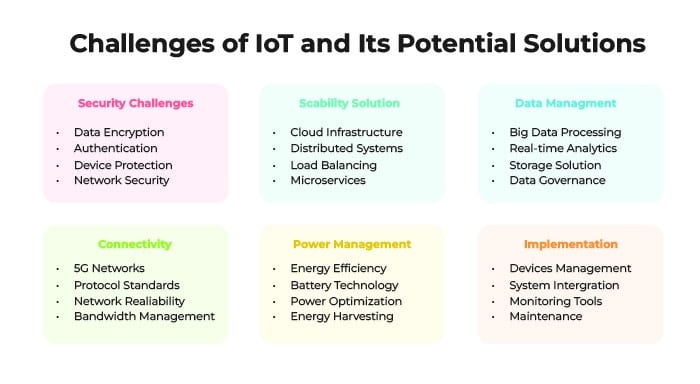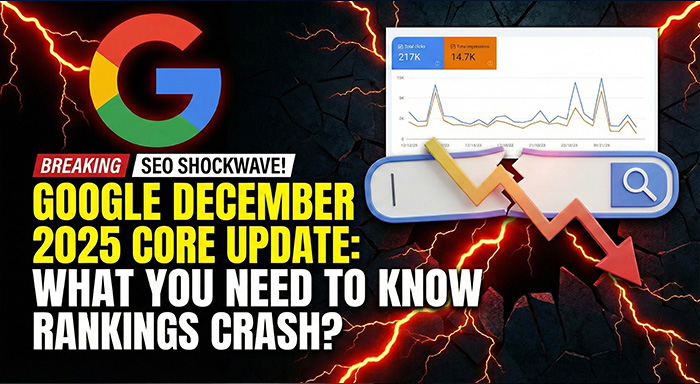IoT, also known as the Internet of Things, has had revolutionary technology in recent years. It connects physical devices through a network over the Internet and simplifies the level of communication with each other. The application of IoT is vast and transformative—it transforms how we live and work, from improving operational efficiency to providing exceptional convenience at homes. These systems are embedded with sensors, IoT actuators, and other technologies for improving real-time processing, increasing efficiency, and reducing unnecessary costs.
Imagine you are getting late for an urgent meeting, and just as you go out, your smartwatch notifies you about the high traffic. Meanwhile, your smartwatch also keeps track of your fitness and health—sounds futuristic? Not at all. But here is where IoT (Internet of Things) is introduced as a vast interconnected network of devices, allowing devices to work together to make life easier.
However, IoT brings exceptional benefits—it also offers significant challenges for developers and users that need to be addressed. These challenges can be in terms of security, interoperability, data management, and compatibility. Solving these challenges is critical for businesses that want to improve their customer experience and stay ahead of the curve. Let’s discover some of the common challenges of IoT and its potential solutions. It enables businesses to streamline the process and have a safer and more efficient future of IoT.
Security Risks:
Security is one of the most critical challenges of IoT for both businesses and users. Unlike various IoT devices—personal computers, which have multiple protection layers—however, many other IoT devices are made with minimal security. Attackers can leverage these vulnerabilities and gain access to crucial information and even control the device remotely. Some of the common security threats are hacking attacks, data breaches, and corrupted or malicious software. These critical issues have to be solved—and new security measures must be implemented in existing systems.
Potential solutions:
- Stronger Encryption & Authentication: Manufacturers need to implement data encryption for both the stored and transferred data and multi-factor authentication to prevent unauthorized access.
- Regular Software Updates: Security audits and firmware updates should be released frequently to address new emerging threats and vulnerabilities.
- User Awareness on Security Practices: Users should be proactive about the right security measures for securing their devices. This includes choosing complex passwords, updating software frequently, and enabling two-factor authentication.
Scalability and Data Integrations:
However, scaling up an ever-growing IoT ecosystem is also a challenging task. This is because many devices get connected worldwide due to their growing use cases across various industries. These devices often generate large amounts of data that may lead to performance bottlenecks, lower efficiency, and network congestion. A business expands—they scale their devices to thousands or even millions of devices. Handling the scalability issue by verifying the infrastructure without compromising the performance is another challenge of IoT.
Potential Solutions:
- Using Cloud and Edge Hybrid Models: Integrating cloud computing solutions with edge processing or future-proof IoT platforms. This can enhance scalability by expanding the capacity.
- Advanced Networking: Efficient networks such as 5G and API creation can handle the compatibility of large volumes of IoT traffic.
- Enhanced Device Management Systems: Integrate AI-driven automation to streamline the management of large-scale IoT networks.
IoT Data Management
With the exponential growth of IoT, these devices are generating a huge amount of data every moment. While this offers valuable insights, managing and analysing the data effectively is a major challenge of IoT—which necessitates a proper strategy. With a strong data management and processing strategy, both businesses and individuals can manage data and extract meaningful insights.
Potential Solutions:
- Edge Computing: Edge computing is the method where the data is processed at its source, which reduces latency and allows local data analysis. It also minimises the data overload on central servers by filtering out the irrelevant data and providing only useful information.
- Uses AI-Powered Analytics: AI and ML technologies can look through vast datasets—learn through identifying trends and patterns. However, it provides actionable insights and enhances the decision-making capabilities of businesses.
High Deployment Cost:
As we know, IoT offers distinct advantages—but integrating IoT solutions into our lives often comes with significant price tags. High deployment cost can be a significant challenge of IoT, which includes the cost of hardware, connectivity cost, and operational expenses. For balancing the initial cost of deployment, a careful cost analysis can deter including maintenance and potential integration costs.
Potential Solutions:
- Staged Deployment: It is a strategy where IoT implementations are rolled out in stages that can spread costs. This classification also helps in identifying potential issues before deploying the devices—making the deployment process manageable and efficient.
- Incentive Programs: From government subsidies to industry initiatives and tax incentives, there are various incentive plans available. These plans can help businesses to invest in IoT devices for simplifying their business process.
- Cost-Effective Solutions: To achieve cost-effective IoT deployment, consider choosing low-cost IoT devices and infrastructure. Meanwhile, utilise LPWANs for connectivity, readymade sensors instead of custom ones, and leverage cloud-based services.
Regulatory and Compliance:
In the growing era, managing the compliance and regulations comes with a major challenge of the IoT system. There are a vast number of regulations and standards that are highly complex and diverse. Navigating with international regulations and legal landscapes across different regions—protect sensitive information and resolve diverse interoperability issues. There are specific and unique legal rules and regulations for businesses to follow based on different geographical locations.
Potential Solutions:
- Keep Track of Regulatory Updates: Monitor proactively and stay informed about existing or new regulations that are connected with IoT devices. However, this allows businesses to adapt to such changes and standards for their products and services to remain compliant.
- Compliance Management System (CMS): Implementing this system can help organisations to incorporate robust security features into their devices to ensure all operations adhere to industry standards.
Final Thoughts:
In the realm of the Internet of Things, its potential is unwavering, such as connecting and gathering vast amounts of data from a wide range of devices over a network. However, despite its full potential, there are several challenges of IoT that cannot be ignored. Therefore, utilising the full potential of IoT can be possible by resolving these challenges by implementing the above-given potential solutions. So why are you waiting? Comprehend these challenges of IoT and implement such potential solutions to streamline your business workflow efficiency and boost productivity with IoT devices



